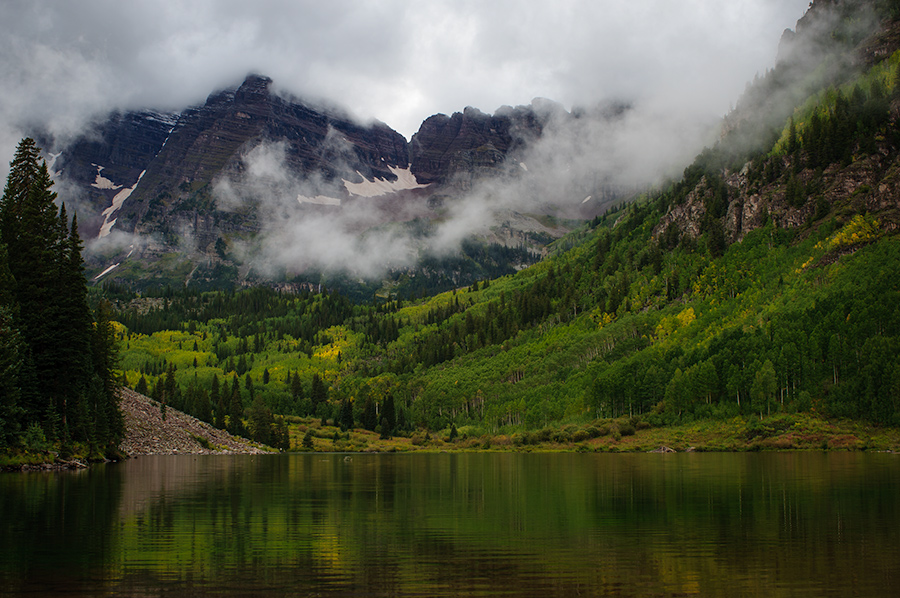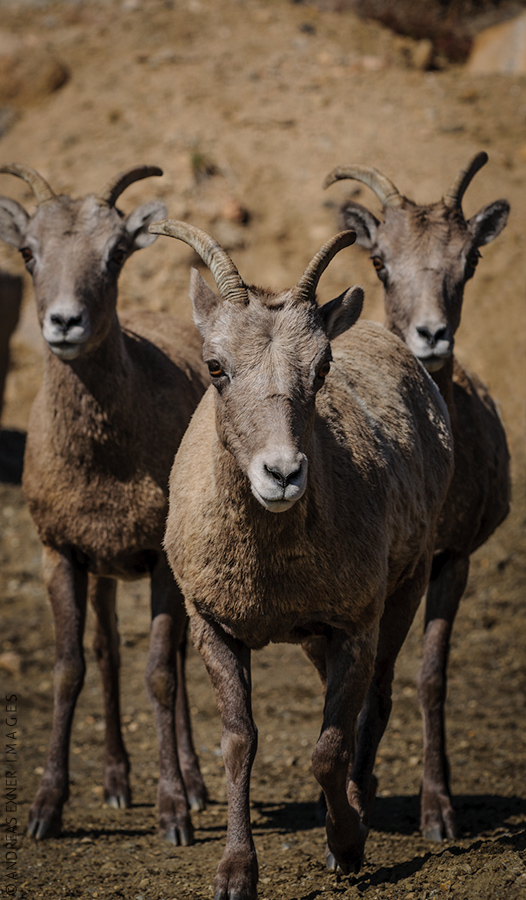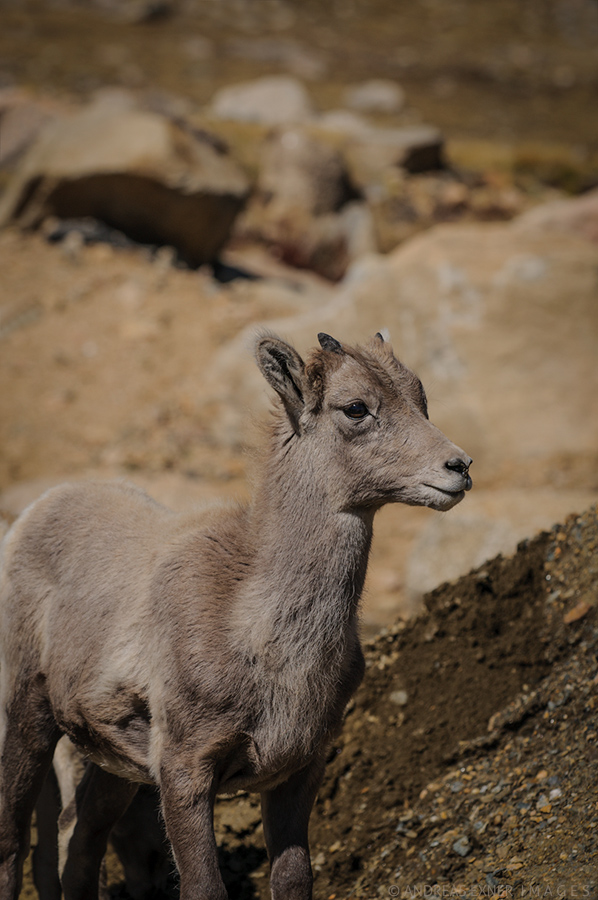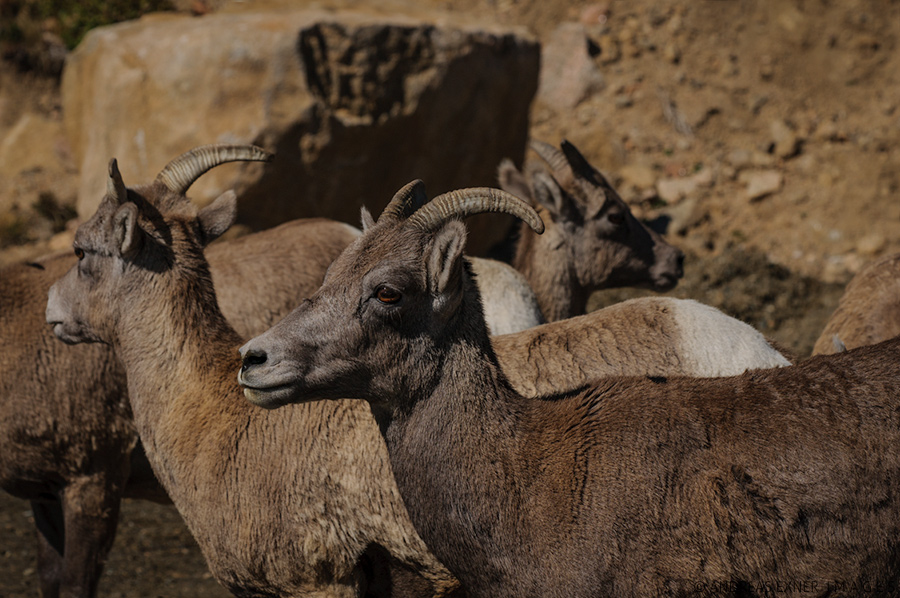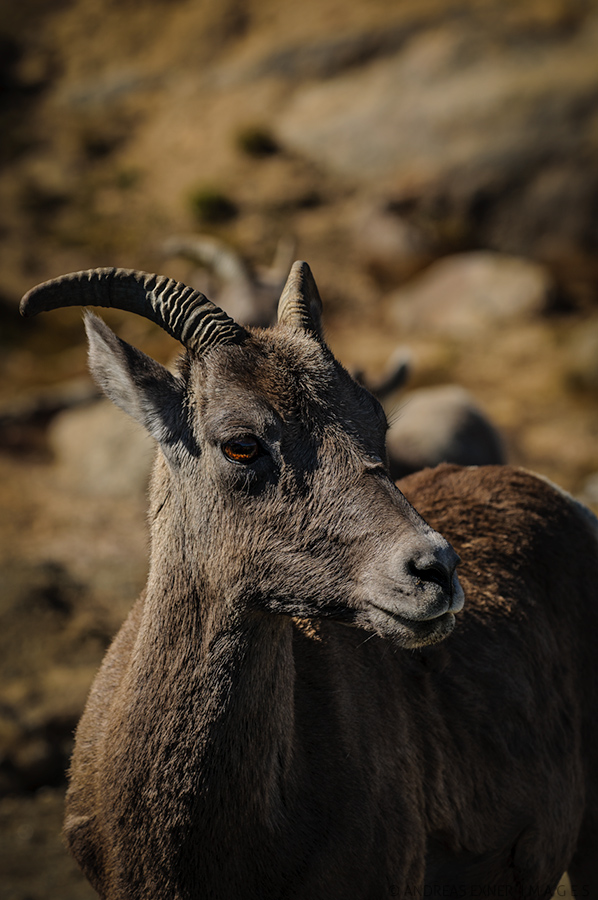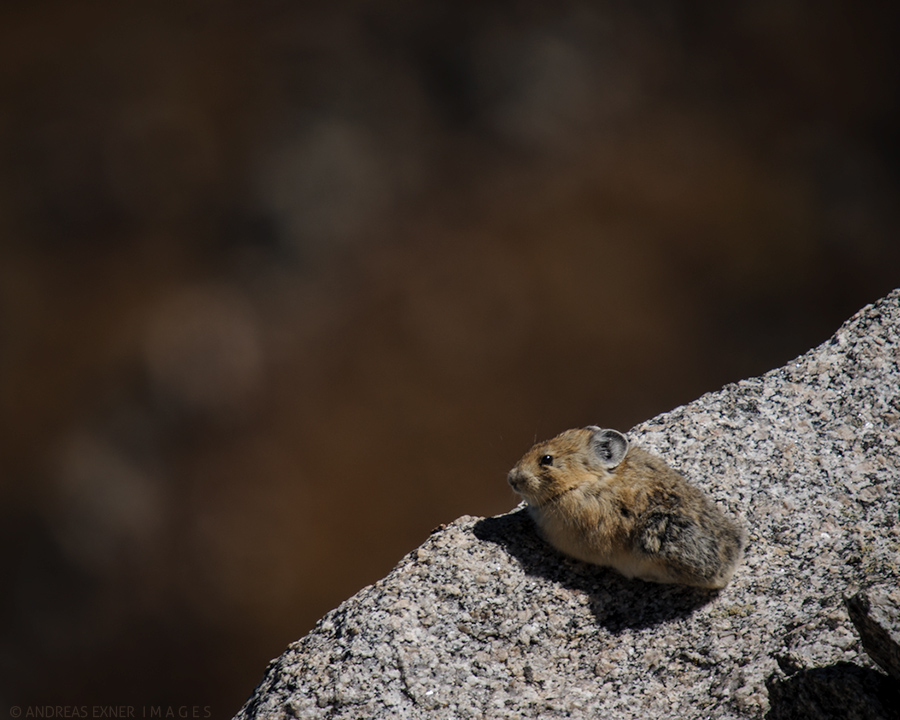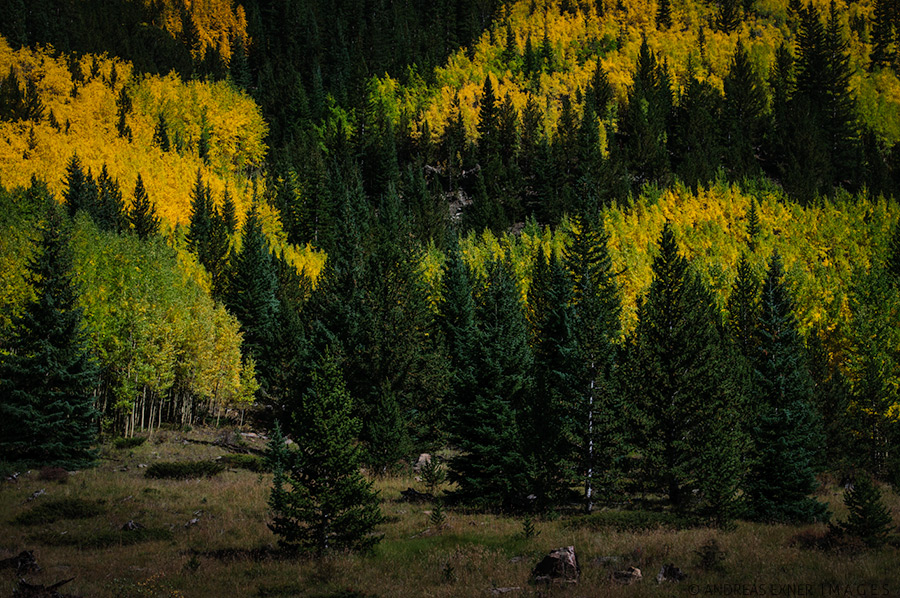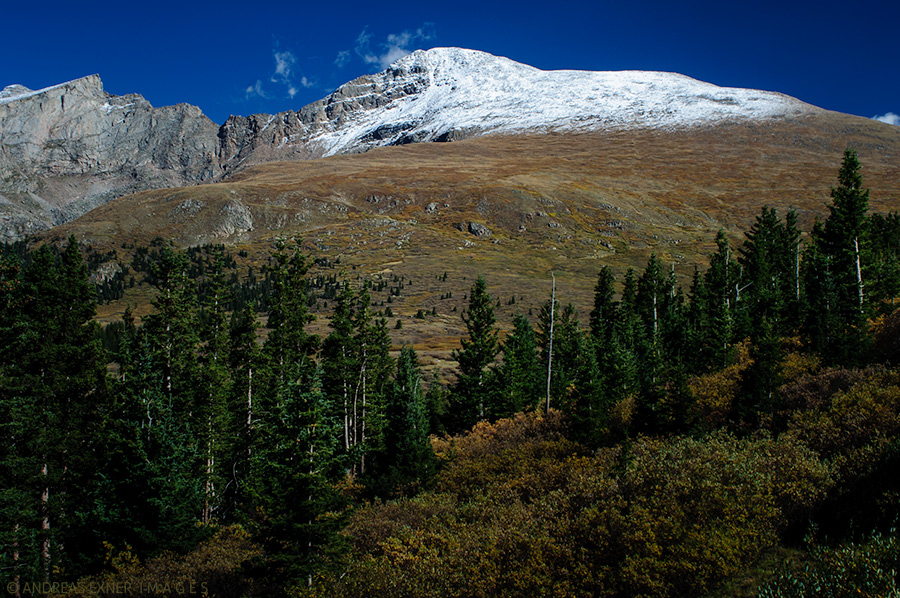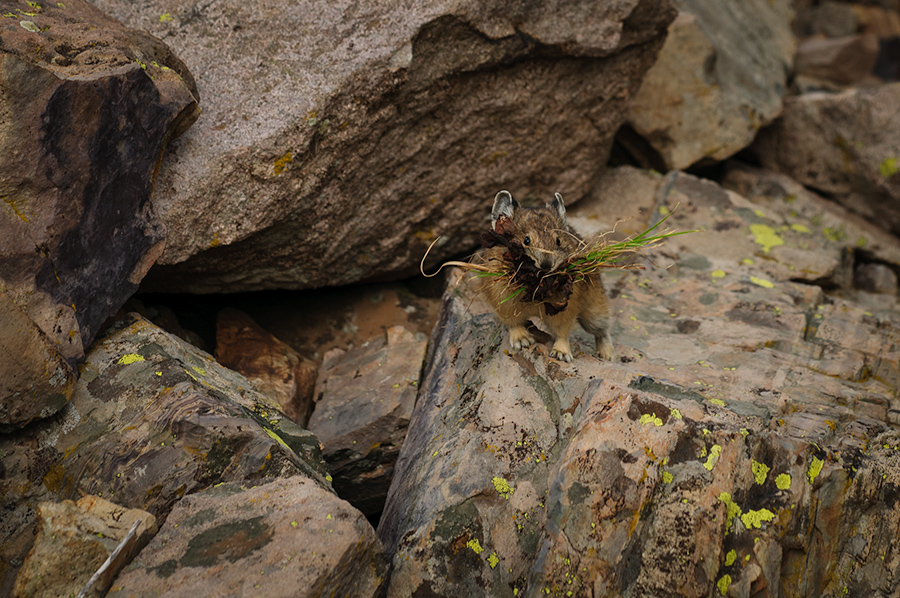
I have written and presented photos of one of my favorite animals, the American Pika, here in the blog several times during the last few years. If you type ‘pika’ into the search field in the left side bar you can see the older photos and blog posts about this cute and highly interesting critter.
We saw them again this year during a hiking tour in the Maroon Bells- Snowmass Wilderness in the Rocky Mountains. If you cross a boulder-covered hillside above an altitude of 8,000 feet you may have a good chance to hear and eventually see them. The pikas were busy gathering grass and other plants as food for the upcoming winter. I guess they know that there is more than just work in life and sometimes they stop for a few minutes and take a sun bath or just watch what’s going on in their rocky neighborhood.
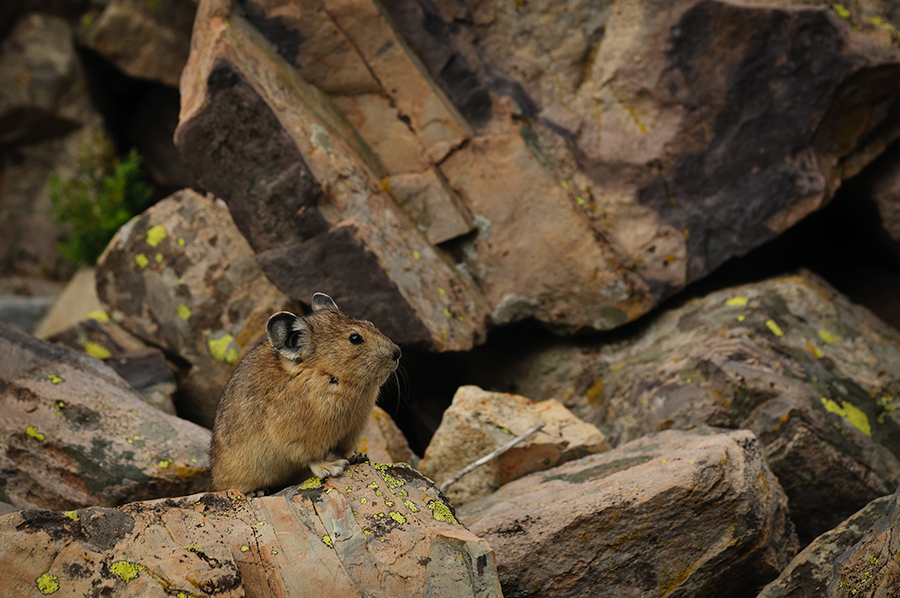
I have quite a few images of the American Pika on my hard drive already but still missed “the” shot that tells the story about their preparation for the winter. It is not so difficult to make the click while the pika takes a break and looks down from a rock, but if they have the mouth full of plants and grass they move darn fast between the boulders. Because of the rocks it is not so easy to follow them with the lens and track focus. Peak of action, the short stops the pika makes sometime on its way to the den was again the key for success.
I got the shot I went after this time but I know there is still room for improvement. Sharpness is not 100 percent nailed and the photo is slightly cropped. I was closer with the Nikon D300s / Sigma 150, f2.8 combo for the second image and it is definitely a tad sharper. The question is always, which photo tells the better story? For me it’s the first one despite the little technical flaws…

